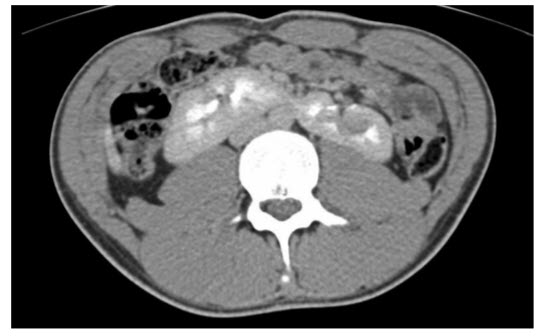Question 7#
The following are true of stones in horseshoe kidneys except:
A. PUJ obstruction and abnormal drainage of horseshoe kidneys predisposes to urinary stasis and stone formation in approximately 20%B. Horseshoe kidneys are malrotated such that their calyces are situated in a medial position
C. The blood supply is quite variable and may predispose to increased bleeding risk with PCNL
D. Extracorporeal shockwave lithotripsy is contraindicated
E. The use of flexible nephroscopes and flexible ureteroscopes may reduce the need for multiple punctures where PCNL is used to treat stones in horseshoe kidneys
Correct Answer is D
Comment:
Answer D
Horseshoe kidneys represent a common congenital renal anomaly with an incidence of 1:400. They are twice as common in men and are associated with certain genetic conditions such as Turner’s syndrome. Persistence of an isthmus, typically between the lower renal poles, arrests renal ascent usually at the level of the inferior mesenteric artery. As the kidney ascends, it takes a highly variable arterial blood supply from the aorta, iliac vessels and inferior mesenteric artery and this predisposes to a greater risk of bleeding with PCNL. An arteriogram should be considered prior to undertaking open surgery on a horseshoe kidney. There is also a failure of medial rotation of the kidneys that results in a medial orientation of the renal calyces and the isthmus causes the lower pole calyces to be deviated inwards.
ESWL is not contraindicated although the passage of stone fragments may be restricted by concomitant PUJ obstruction that is often seen in horseshoe kidneys as a result of high and medial insertion of the ureter into the renal pelvis. URS and PCNL are also treatment options for stones in horseshoe kidneys. The medially placed calyces should be considered when obtaining access for PCNL, and the incidence of colonic injury may be higher (figure below).

Axial computerised tomogram showing a horseshoe kidney. Note the position of the colon with respect to percutaneous renal access.